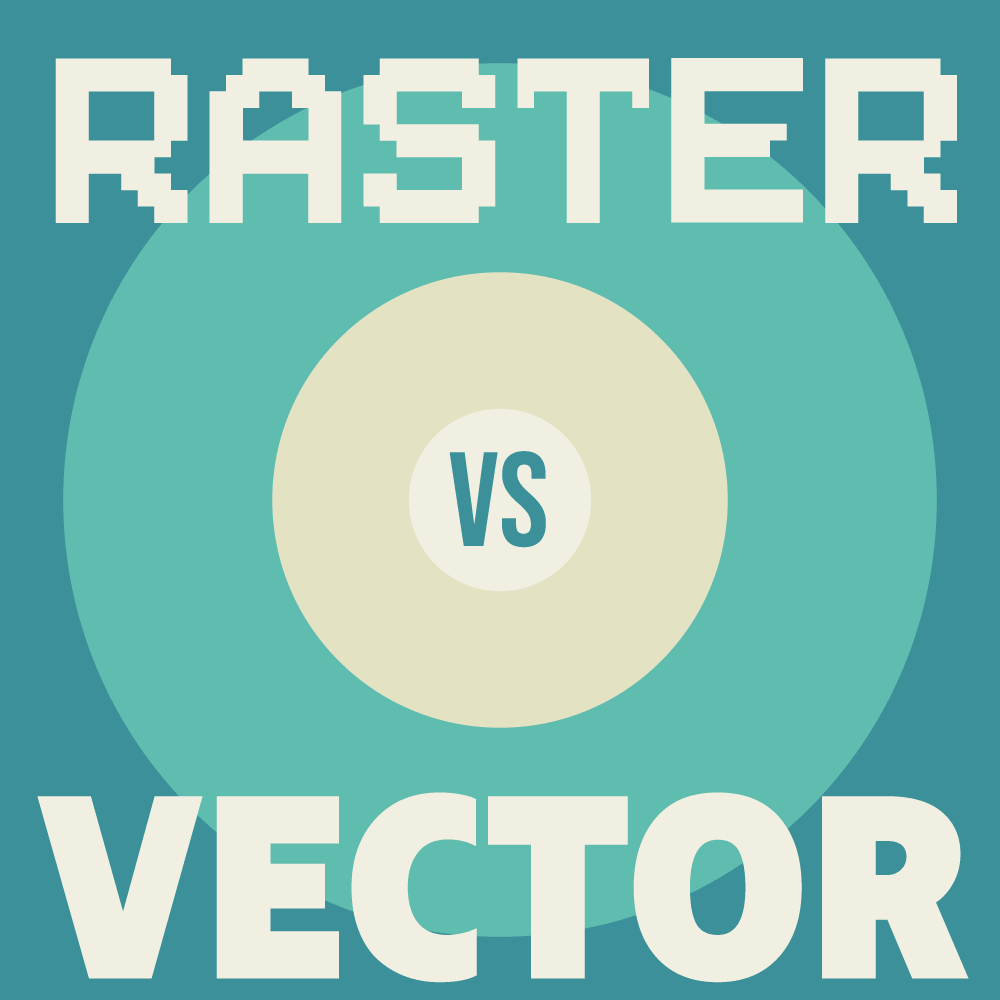

The vector approach involves sampling either specific point. Implicit in a raster data model is a value associated with each cell or pixel. From here, you can follow these same steps for vectorization. Raster data is made up of pixels (or cells), and each pixel has an associated value. Vector and raster data are, in essence, two distinct sampling strategies: vector and raster. A raster based GIS can portray continuously varying data more effectively and can analyze multiple layers of data easily. Using a temperature raster as an example, when you group values from as 0 and as 1, you are turning it into a discrete raster.
#Vector vs raster data how to#
If you want to learn how to vectorize a continuous raster, this will take a bit of effort to reclassify cells essentially grouping them into discrete forms. So i try to fix a problem using both ways. In a nutshell, this tool digitizes the raster for you to convert it to a vector. I would like to compare vector vs raster data. Raster graphics are made up of pixels, which are tiny dots that carry certain color information, and, combined together, they form an entire image. After clicking “Run”, the vectorized raster will appear in the table of contents.Īs a reminder, vectorization creates all the necessary vertices and paths as shown with the building outlines. From here, you’ll have to select the output of the raster to a point, line or polygon. Further to this, other providers like GRASS GIS, SAGA GIS, and Orfeo toolbox brings additional firepower to the table.ĭouble-click the tool and select the raster that you want to convert to vector. QGIS comes loaded with algorithms and plugins for you. Here’s what the raster buildings look like in the table of contents: In R programming a vector is a basic data structure which contains a sequence of values of the same data type (e.g.

When we have a raster data set like our buildings layer, it’s a matter of adding it to QGIS. Let’s go in reverse this time and take a discrete raster and convert it to a vector.


 0 kommentar(er)
0 kommentar(er)
